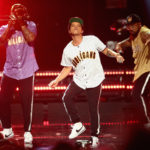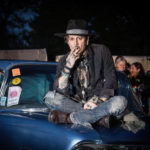Tens of thousands of people waving rainbow flags lined up on Sunday. This years’ Gay Pride parades took place in coast-to-coast events that took both celebratory and political tones.This comes as a reaction to what some see as new threat to gay rights in the Trump era.
A tone of celebration and resistance
Pride month takes place in June in honor of the 1969 Stonewall Riots. Which is known as one of the first demonstrations for LGBTQ rights in U.S. history and sparked the gay rights movement. The Stonewall Inn, a bar in New York City where the riot took place, was named the country’s first national monument for gay rights by former President Barack Obama in 2016.
This weekend some of the pride events scheduled for this kicked off. They were a mix of celebration and political resistance in response to the Trump administration agenda. LGBT activists have been galled by the Trump administration’s rollback of federal guidance advising school districts to let transgender students use the bathrooms and locker rooms of their choice.
The Republican president also broke from Democratic predecessor Barack Obama’s practice of issuing a proclamation in honor of Pride Month.
“This was not the year for parades. This was the year to take to the streets and march,” said Stephen Macias, a spokesman for the LA Pride Parade organizers. Highlighting the wave of protests across the country since Trump’s election in November.
“The march is still about celebrating our community but it’s also about recognizing the climate we live in and the delicate balance around civil rights,” Macias said.
The event brought together a range of groups at the forefront of the country’s most contentious political issues. Including Planned Parenthood, Black Lives Matter, the American Civil Liberties Union and GLAAD, an LGBTQ media advocacy organization.
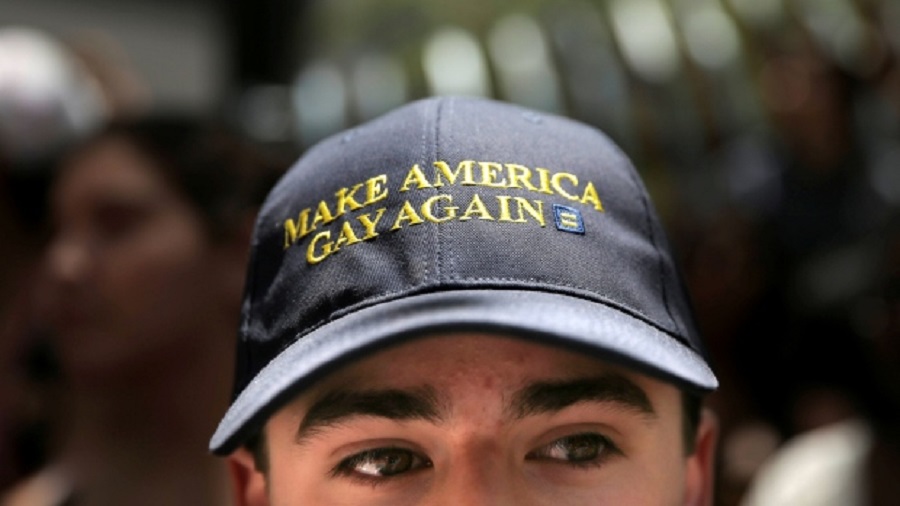
Resistance from within
While the events sound a note of resistance, they also faced some concerns of their own from the LGBTQ community itself. Some activists feel the events center on gay white men and are unconcerned with issues including economic inequality and policing.
The march this year was staged a day after anti-corporate protesters briefly blocked the route of a Washington, D.C., pride parade. In part to voice their opposition to such backers as Wells Fargo & Co and weapons maker Northrop Grumman Corp . The Washington protesters also demanded the addition of a transgender minority woman to the board of organizer Capital Pride Alliance. And that the parade bans police officers from marching.
In response, Ryan Bos, executive director of Capital Pride Alliance, released a statement on Sunday acknowledging the importance of considering differing points of view.
“We encourage a robust, civil, and healthy conversation within the community about all of the issues that impact us and look forward to having a mutually respectful conversation in the days, weeks, and months ahead,” Bos said.
In Minneapolis, organizers of Sunday’s Twin Cities Pride Parade initially asked the police department to limit its participation. With the chairwoman saying the sight of uniformed officers could foster “angst and tension and the feeling of unrest” after a suburban officer’s acquittal this month in the deadly shooting of Philando Castile, a black man, during a traffic stop.
The city’s openly gay police chief called the decision divisive and hurtful to LGBT officers. On Friday, organizers apologized and said the officers were welcome to march.But anti-police protesters disrupted the parade with chants of: “No justice, no peace, no pride in police” and carried signs reading “Justice for Philando” and “Black Lives Matter.”
Organizers in New York and San Francisco have also reportedly devised protests against Pride events, which are scheduled to kick off on Saturday in both cities. In revolt of the “whitewashed” corporate infrastructure that has seemingly placed priority on white gay males while leaving the struggles experienced by black and brown LGBTQ people in the shadows.
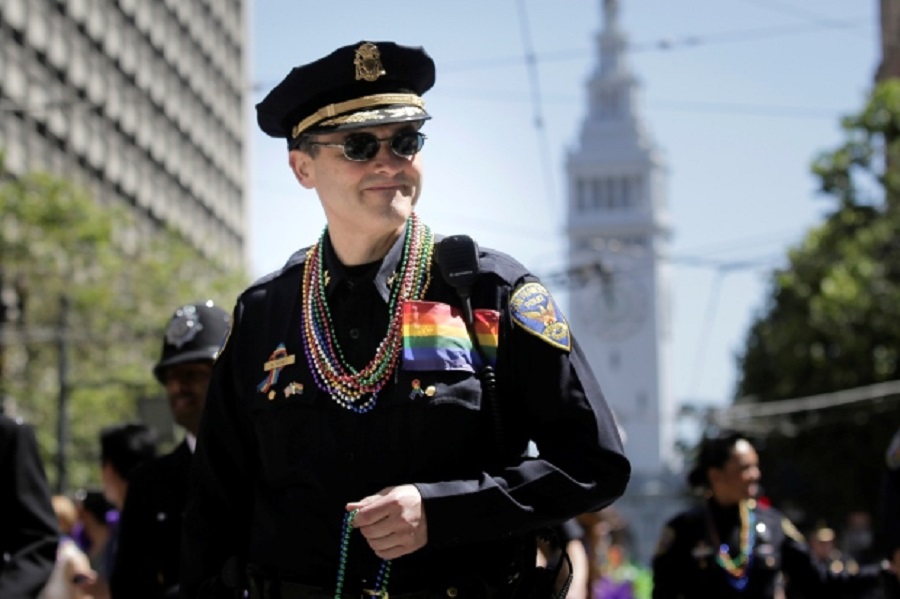
Steps were taken to address criticism
The events also protested the social injustices and lack of inclusion suffered by LGBTQ people of color. Meanwhile, pride march organizers have taken steps to address the criticisms about diversity.
“The pride celebration is a platform for that dialogue to happen,” San Francisco Pride board president Michelle Meow said this week. The large “resistance contingent” leading San Francisco’s parade includes groups that represent women, immigrants, blacks and others along with LGBT people.
New York paradegoers Zhane Smith-Garris, 20, Olivia Rengifo, 19 and Sierra Dias, 20, all black women from New Jersey, said they didn’t feel there was inequality in the movement.
“Pride is for gay people in general,” Dias said.
New York City Pride parade spokesman James Fallarino said if there are any disruptions or protests, organizers will “do everything in our power to respect the people who are disrupting or protesting and to respect their message.”
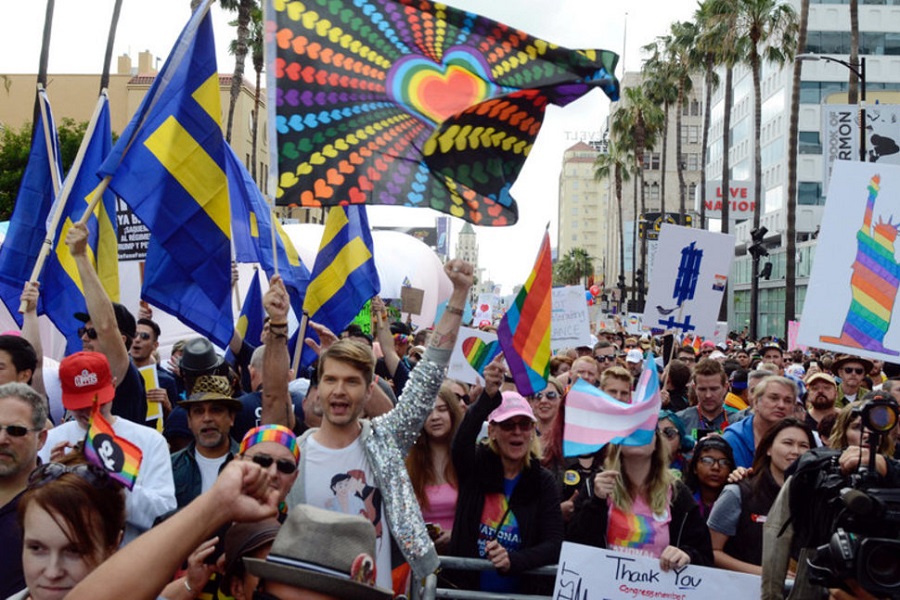
Source: Bangkok Post

